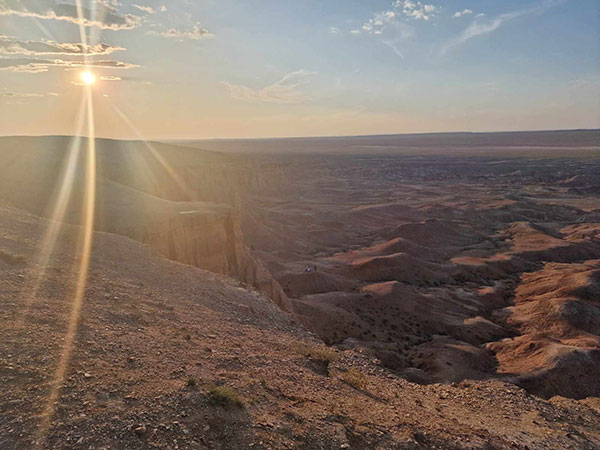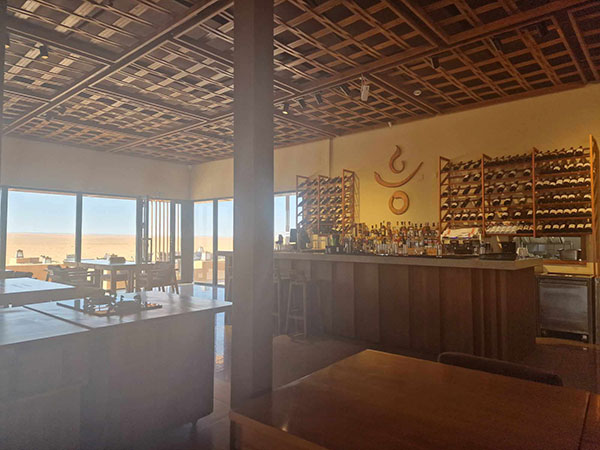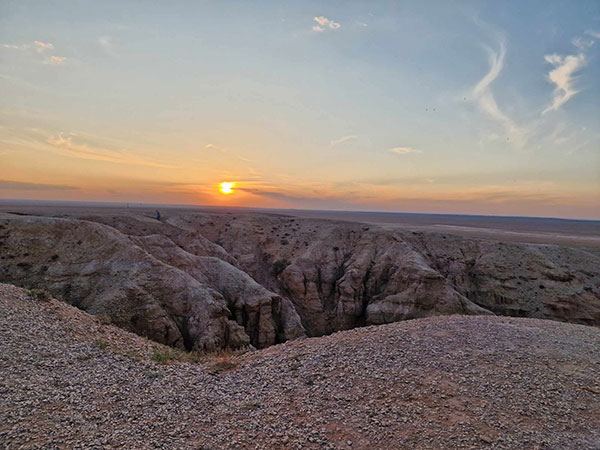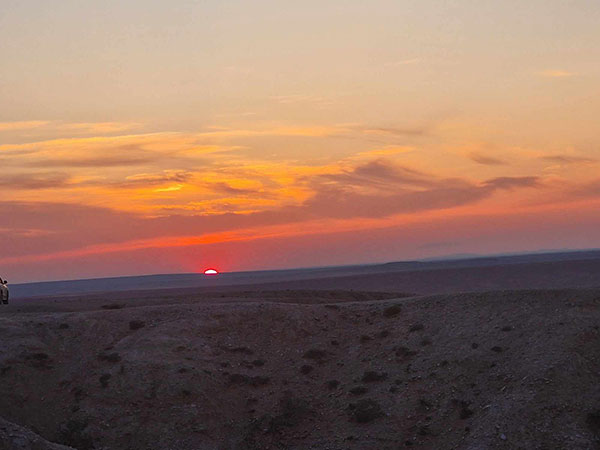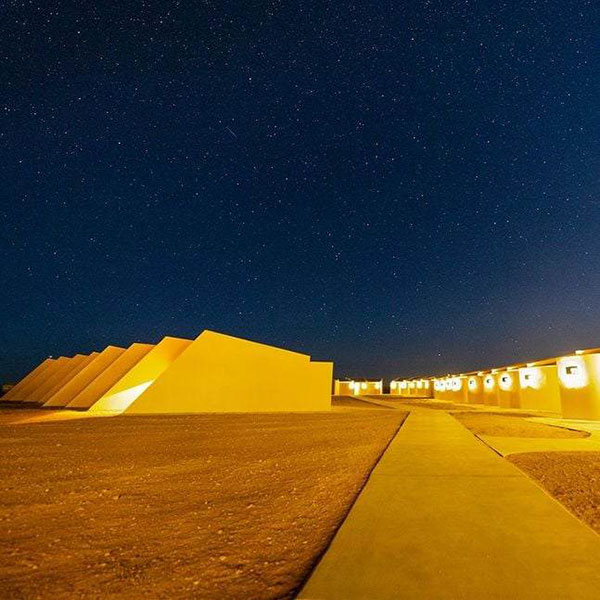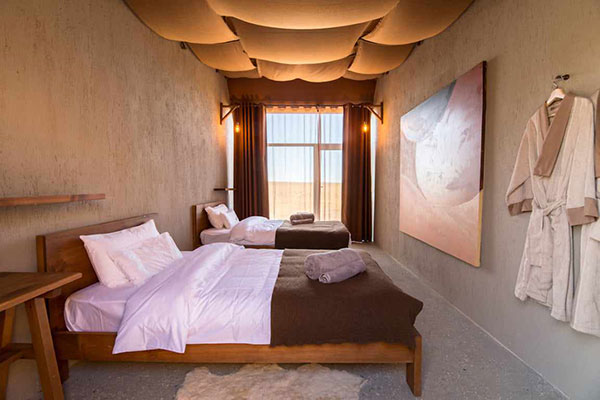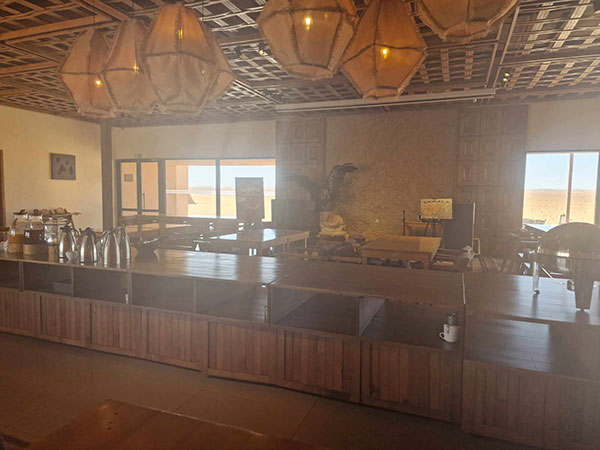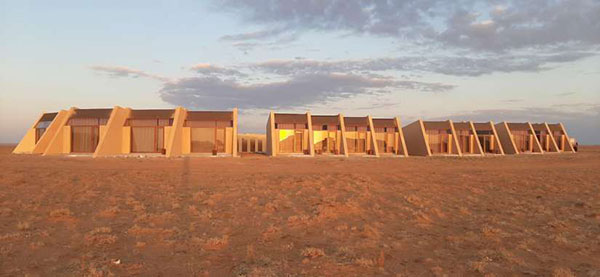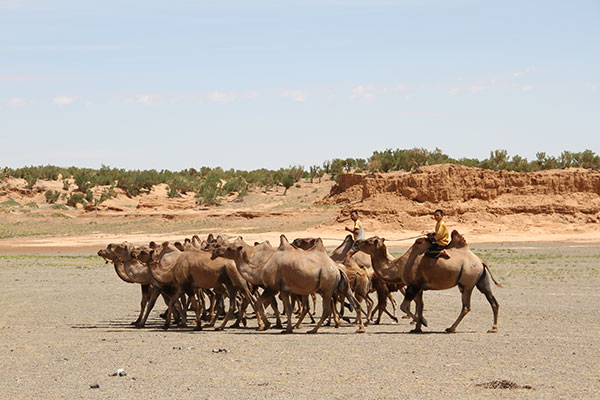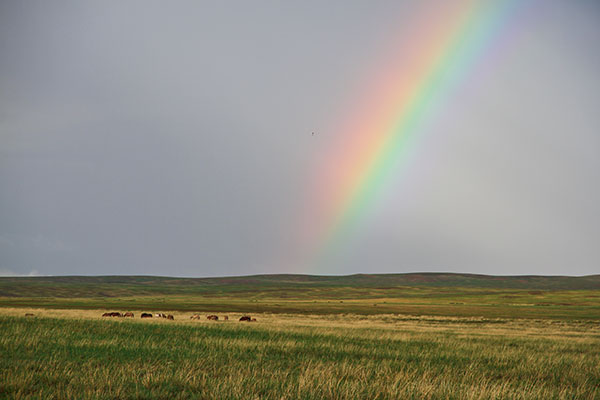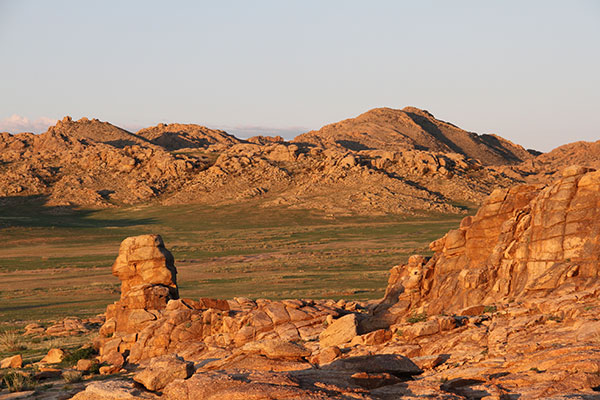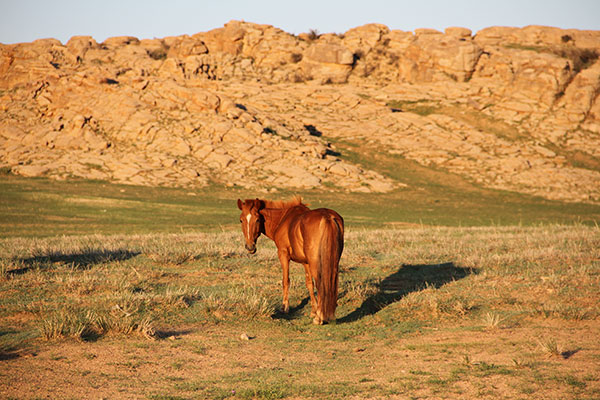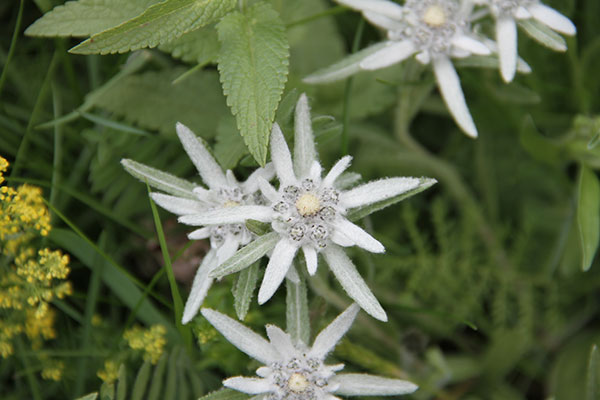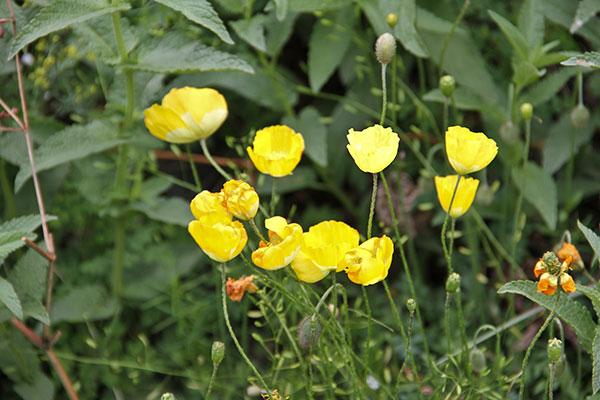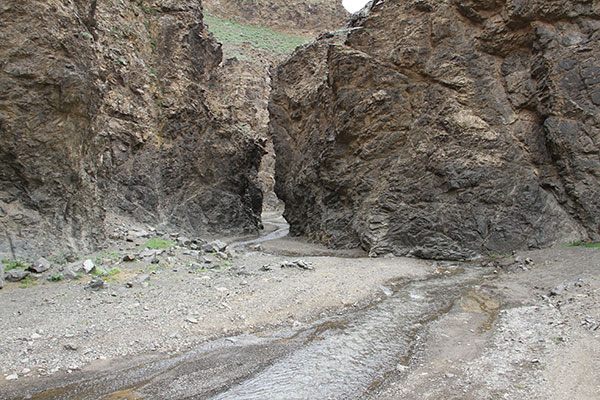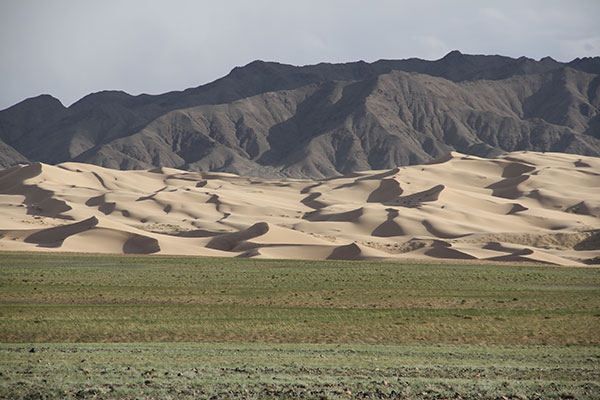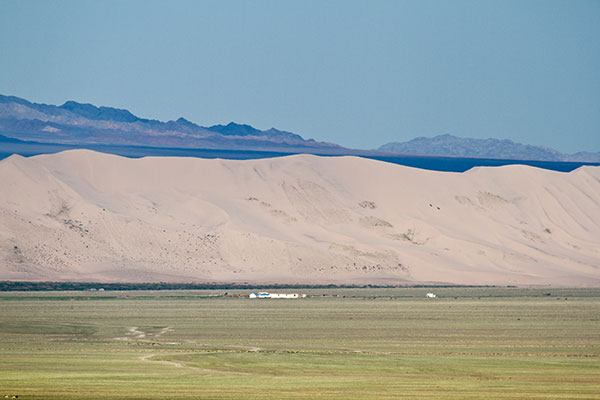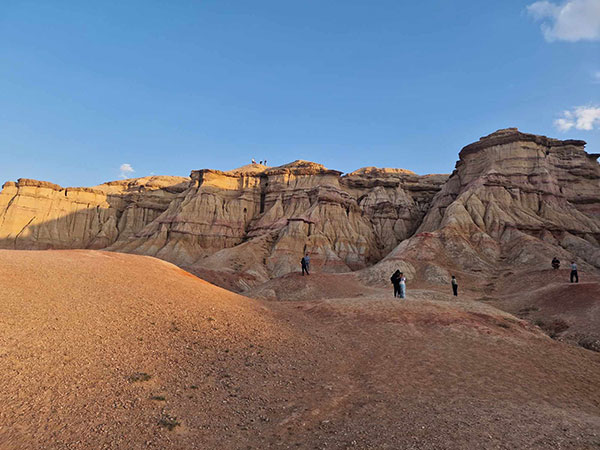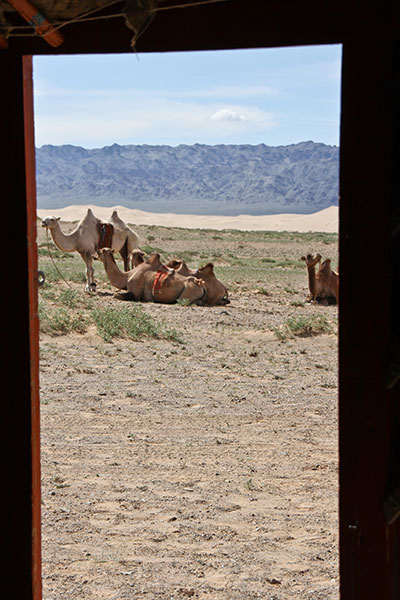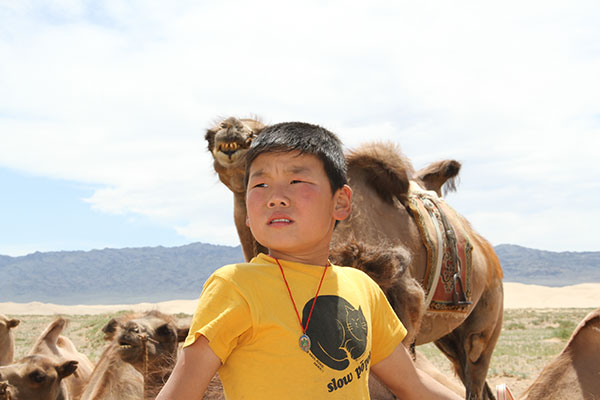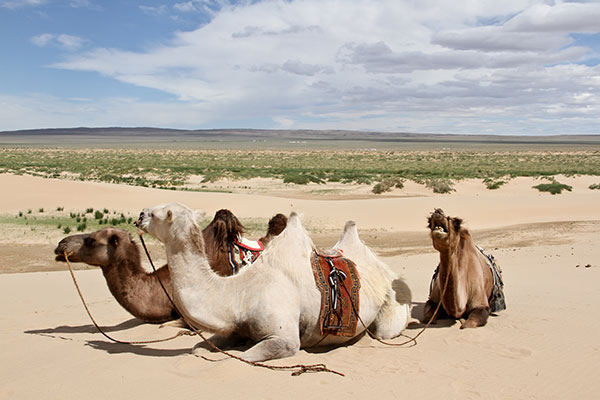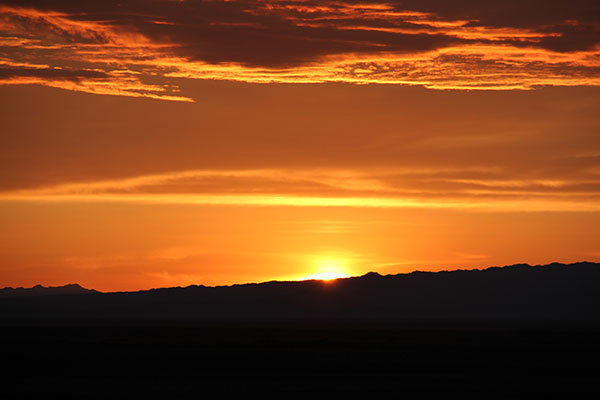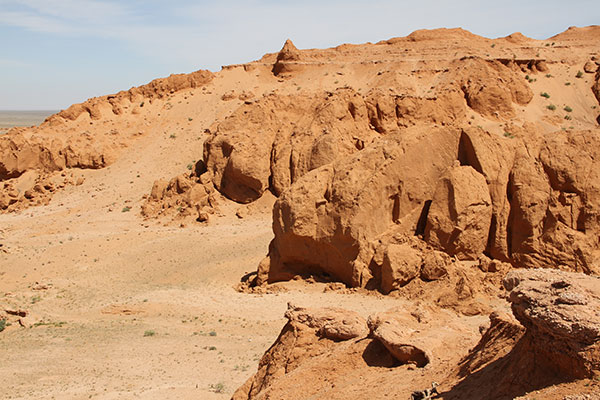Duration:8nights 9days
DATES:CHECK FOR 2024 DATES
TOUR HIGHLIGHTS:
- SAND DUNE HIKING
- CAMEL RIDING
- INCREDIBLE NATURAL FORMATIO
- LANDSCAPES LOOKS LIKE PLANET MARS
TOUR DESCRIPTION
The Gobi region of Mongolia is very different from the other desert landscape of the world, and it is unique because it is the home of dinosaurs and ancient sea or ocean beds. The entire bones of the world's largest giant dinosaurs were found in the Gobi region of Mongolia, and it is remarkable that bones and fossilized eggs are still lying somewhere, which are traces of the existence of dinosaurs. Also, the features of the Mongolian Gobi landscape are compared to the surface of the planet Mars. By our suggested tour, you can get to know the vast plains, Mongolian Gobi, and the culture of nomadic herders.
DAY 1. ULAANBAATAR
Pick up you at airport, guide make warmest greetings for you and start wonderful trip. Drive to “Chinggisiin Khuree” tourist camp. Name of this camp means “Resident of Chinggis Khaan” and there is museum with costumes, weapons and armory. Have a lunch in this camp. Restaurant was decorated with skin of bear and leopard, furnished handmade and embroidered felt craft. Camp complex was built as XIII century theme. Traditional Mongolian and international dishes are served in the restaurant. Many famous people of the world have visited to this camp like His Holiness Dalai lama and so on.
After lunch drive to Ulaanbaatar and have a half day city tour which is included Gandan monastery and Sukhbaatar square. The Gandan is the center of Mongolian Buddhism and the only working monastery during the entire communist period. It contains a statue of Megjid-Janraiseg (Bodhisattva Avalokiteshvara - called Chenrezig in Tibetan) by 26.5 meters high.
Sukhbaatar Square is the central square of Mongolia's capital Ulaanbaatar. The official name was changed in 2013 in honor of Chinggis Khaan. Here you will see the Government Palace, a bronze colonnade monument to Chinggis Khaan, Mongolian stock exchange building, State Ballet and Opera House, Gallery and a number of other buildings. Beautiful Parliament building and a huge monument to Genghis Khaan, surrounded by skyscrapers, are an interesting contrast to the historic past and the present of the country.
Have a dinner at restaurant then check in hotel and relax.
DAY 2. TSAGAAN SUVARGA
After breakfast drive to Tsagaan Suvarga. It is colourful cliffs in the Gobi Desert. Once a floor of the ocean, this scarp looks like a white stupa, hence the name Tsagaan suvarga. This scarp is 400 meters long and 60 meters tall with 90 degree brink. After rain, the water pouring down the scarp makes it look like a huge waterfall. There is interesting cave 7km to the east of Tsagaan Suvarga named Khevtee Bosoo agui /cave/. In this 50 meters long cave, you have to crawl at some point but will be able to walk normally in other parts of the cave, hence the name Khevtee Bosoo agui (Laying Standing cave). This Tsagaan suvarga is located 420 km from Ulaanbaatar. So on the way have a lunch near the Baga gazriin chuluu. The astonishing granitic formation of Baga gazriin chuluu is located in the northwest of the Dundgobi province. Have a lunch at Baga gazriin chuluu tourist camp. This day overnight in the Tsagaan Suvarga tourist camp near the Tsagaan Suvarga.
DAY 3. YOL VALLEY
After breakfast drive to South Gobi. This day you will visit Yol valley, Mukhar shivert, Dungenee and Oyut museum. Yol valley was originally established to conserve the birdlife in the region, but it's now more famous for its dra-matic and very unusual scenery - it is a valley in the middle of the Gobi Desert, with metres-thick ice almost all year-round.
The small nature museum at the gate on the main road to Yolyn Am has a collection of dinosaur eggs and bones, stuffed birds and a snow leopard. There is also an ethnography museum in a ger. From the museum, the road continues for another 10km to a car park. From there, a pleasant 25-minute walk, following the stream, leads to a gorge full of ice. In winter, the ice is up to 10m high, and continues down the gorge for another 10km. It remains frozen for most of the year, except lor about a month starting in late August.You can walk on the ice - but be careful, especially in late summer.
The surrounding hills offer plenty of opportunities for some fine, if somewhat strenuous, day hikes. If you are lucky you might spot ibex or argali sheep along the steep valley ridges.
Mukhar Shiver. This location is very similar to Yol valley and it has been made into a protected area. As a result, entering the area by car is forbidden. Like Yol valley, it is frozen almost all year round and is surrounded by rocks. Dungenee /Canyon/ is located in the sum of Bayandalai, southwest Zuun Saikhan Mountain. The region of Dungenee is composed of a pass and a beautiful valley that also has a canyon, not far from Yol valley . The canyon is located at the bottom of a rocky cavity, along which a 12-kilometres (7,46 miles) river flowsFrom Yol valley, the road we take to go to the Khongor sand dunes passes through the splendid area of Dungenee.
This day have a lunch local restaurant in the Dalanzadgad city and dinner at Dungenee tourist camp.
DAY 4. KHONGOR SAND DUNE
The northern edge of the dune borders with green meadows of a small river Seruun Bulag, fed by underground sources from the surrounding mountain while majestic Noyon and Sevrei Mountains towers in the south of the sand dune.In the Khongor sand dune you have camel riding tour and visit local nomadic family. Lunch and dinner at Gobi Oasis Eco tourist camp.
DAY 5. BAYANZAG FLAMING CLIFF
After breakfast drive to Bayanzag, Flamming cliff. Bayanzag cliffs, today better known as “flaming cliffs” due to their colours ochre and red, are located about 100 km (62,14 miles) at the northwest of Dalanzadgad. Bayanzag means “rich in saxaul”. This thorny shrub measuring approximately two meters high proliferates in the surroundings and is a good source of food for camels.
This plain has many sedimentary sand cliffs where many dinosaurs’ fossils have been found. In 1922, the palaeontologist Roy Chapman Andrews was the first to discover dinosaurs’ bones and eggs. They belonged to a horned, herbivorous, two-meters long dinosaur that was not identified yet. After this discovery, this dinosaur was called protoceratops Andrews. The excavations lasted two years, during which many hundreds of bones were dug up. During this period, Andrews and his team discovered a dinosaur’s nest with an eggs’ clutch. This discovery drew the whole world’s attention.“Flamming cliff” means it resembles red fire when reddish sun shines it. Especially during sunset. Overnight in Mongolian Gobi luxury tourist camp. You can enjoy stars and Milky Way with wines near the fire under Mongolian night.
DAY 6. DALANZADGAD – ULAANBAATAR
After breakfast drive back to Dalanzadgad city and have a lunch local restaurant. Then fly back to Ulaanbaatar. Arrivel Ulaanbaatar visit Choijin lama museum. The Choijin Lama Temple Museum is an architectural masterpiece of the 19th and 20th century. The monastery was built by Mongolian architects. The temple was built between 1904 and 1908 by the 8th Bogd Khaan Janzandamba and dedicated to his brother lama Luvsankhaidav. The museum has a fine collection of woodcarving, applique, embroidery and sculptures dated back to 17th century.
DAY 7. CHINGGIS STATUE – TERELJ NATIONAL PARK
Guide meet with you after breakfast at 09:00 drive to Chinggis Statue. This 40 m tall statue is considered the biggest statue of equestrian in the world. You will see big traditional boot, museum and movie. Also can wearing clothes of XIII century’s Mongolia and take a photo. Then drive to Terelj National Park. Visit local nomadic family learn about the lifestyle of nomads and taste traditional dairy products. Have a “khorkhog” as a lunch. After lunch visit to Turtle rock and have a horse riding tour for Ariyabal meditation temple. It is located on the hillside of a mountain covered with larches and granite rock, Aryaval meditation centre will delight the travellers. To reach the temple, you will have to pass a small wooden bridge on which a sign tells: ”the bridge that leads beyond wisdom”. Check in tourist camp. Have a dinner in the camp. /B/L/D/
DAY 8. ULAANBAATAR
Morning earlier drive back to Ulaanbaaar, then you will start a city tour which is included Chinggis Khaan Museum and Bogd Khaan winter palace museum. The Chinggis Khaan museum is the world’s most extensive collection of Chinggis Khaan objects, research and a “must-see” destination. In addition to the collection, the museum includes interactive exhibits, immersive galleries, and cinematic experience. The museum gives opportunity to understand Chinggis Khaan and XIII century of Mongolia.
Shopping for cashmere and souvenir to State Department store, Gobi cashmere and Tsagaan Alt Felt shop. Then have a foot massage. Have a lunch in the “Bull” hot pot restaurant. Afternoon you will visit to Zaisan memorial, Buddha garden and Choijin lama temple museum.
The Zaisan memorial was erected to commemorate those killed in the WWII between Russia and Mongolia. The monument is a popular day out during public holidays and the summer months. At the base of the hill there is a very large statue of Buddha popular with worshippers and visitors to the country. Buddha Park features a 23 meter tall statue of Buddha.
The Choijin Lama Temple Museum is an architectural masterpiece of the 19th and 20th century. The monastery was built by Mongolian architects. The temple was built between 1904 and 1908 by the 8th Bogd Khaan Janzandamba and dedicated to his brother lama Luvsankhaidav. The museum has a fine collection of woodcarving, applique, embroidery and sculptures dated back to 17th century.
In the evening you see traditional performance “Tsagaan Lavai” ensemble. After that have a farewell dinner.
DAY 9. DEPARTURE
After breakfast check out hotel and drive to airport. Departure.
Thank you and enjoy Mongolia.
Tour cost inclusion:
· 3 nights hotel accommodation in Ulaanbaatar
· 5 nights at tourist camp
· Domestic flight /one-way/
· Horse riding tour
· Camel riding tour
· All transfers
· All entrance fees
· All meals as listed
· Taxes for National Park
· Guide
· Transfer




